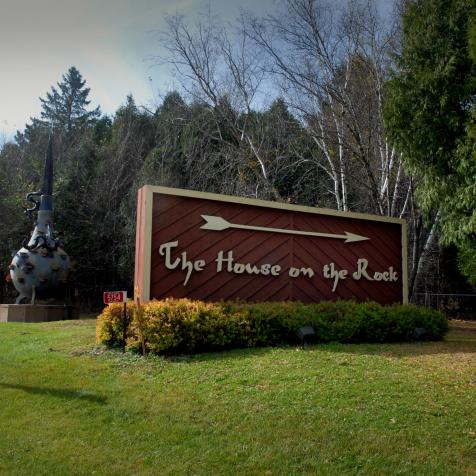
Shutterstock
The City Of Troy Was Real. The Trojan Horse? Not So Much.
Turns out the epic wooden horse that gave the Greeks their victory was all a myth.
There's a reason why Wishbone's version of The Iliad and The Odyssey is the episode that everybody remembers. It's probably the scene where the talking dog almost gets seduced by a goddess in a blonde wig (PBS was wild in the '90s). But it doesn't hurt that Homer's epics set the framework for heroic stories for millennia to come. At the center of it all was the Greek siege of Troy, and we all know how that ended — with a giant wooden horse and a bunch of gullible Trojans. Or did it? Actually, historians are pretty much unanimous: the Trojan Horse was just a myth, but Troy was certainly a real place.

Getty Images
Just Horsing Around
So, just a refresher. According to The Aeneid (Virgil's ripoff of The Iliad), the Trojan war finally ended when Odysseus came up with a fool-proof scheme. First, the Greeks would load up their boats and pretend to sail off. Then, they'd build a giant wooden horse right outside the impenetrable walls of Troy, and climb inside in the dead of night. When the Trojans wake up, they'd obviously wheel the horse inside — that's just common sense. Then the Greeks would come pouring out, sack the city, and take back Helen of Troy. Piece of cake.
It might surprise you to learn that that incredibly believable story is almost certainly a fabrication. And in fact, the Trojan War as described by the ancient storytellers was probably pretty much made up wholesale as well. Achilles, Hector, Agamemnon, and all the rest of the principal characters were probably completely fictional, or at least heavily embellished. But that doesn't mean that there never was a Trojan war. Actually, there were probably several, and that's led some historians to wonder if the "Trojan horse" was just a metaphor for how the Greeks really got through the walls.
Some people speculate that the horse might have just been a siege engine, and they took the walls down the old-fashioned way. After all, it was pretty common practice to name siege engines after animals back then, and what's more, most siege engines would have been draped in wet horse hides to prevent them from being set on fire.
Another theory claims that it was an earthquake that breached the walls of Troy. See, Poseidon was the god of the ocean, but he was also the god of horses and the god of earthquakes. So maybe ancient people just conflated two of his domains...except Poseidon was also the one who allegedly built Troy's walls in the first place. So that idea doesn't really pan out mythologically. Our favorite theory? Virgil took Homer's story, and decided to doctor it up with some flashy special effects at the climax.
Finding Troy
So if there really was a Trojan War (or several), then there must really have been a Troy, right? There was — actually, there was more than one. Today, the spot is known as Hisarlik, and it can be found atop a large mound in western Turkey. But there isn't one city beneath that mound. There are at least ten.
Hisarlik was first identified as Troy in the 1870s by an overzealous German archaeologist named Heinrich Schliemann. But in the words of "The Trojan War: A Very Short Introduction" author Eric Cline, "He found Troy, but he also destroyed Troy." Case in point: right on the map of the city ruins there's a huge blank space labeled "Palace removed by Schliemann." And that was just the beginning. He took priceless jewelry from the ground and gave it to his wife. He plowed willy-nilly through the layer old enough to be the Troy of the Iliad, and declared a city more than a thousand years older to be the site of the epic. But he was right about one thing — Hisarlik is almost certainly Troy, though archaeologists couldn't confirm it to their satisfaction for another 120 years. There's a reason why Cline calls him "among the luckiest individuals to ever put a shovel into the earth."
In the 1990s, another German archaeologist, this one a smidge more responsible, settled the question once and for all when he determined that the city was much bigger than Schliemann ever thought. Manfred Korfmann was able to show that Troy was a powerful fortress city fitting for an epic siege. As digs have ventured further and further into the soil, it's become clear that Troy was built and destroyed and built again several times over — so it's easy to see why an ancient Greek could make a reference to a Trojan war without anyone raising an eyebrow.
This article first appeared on Curiosity.com.


















